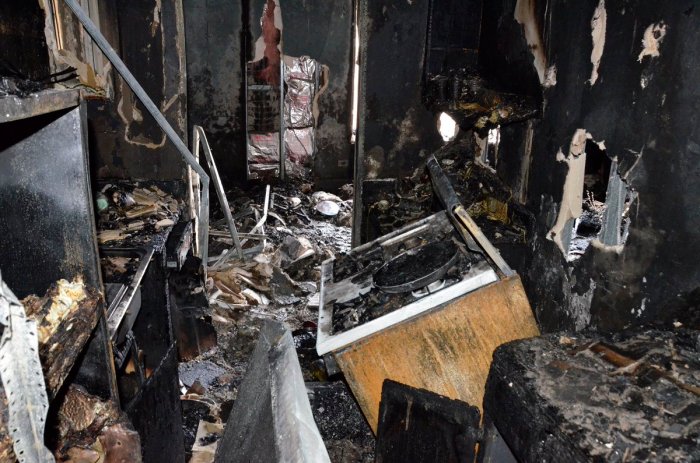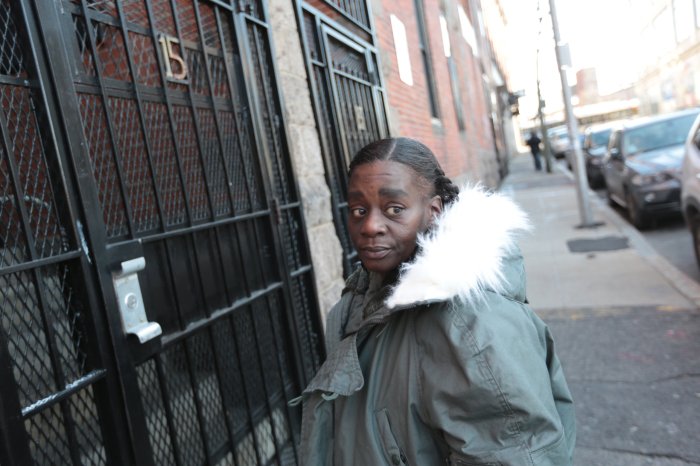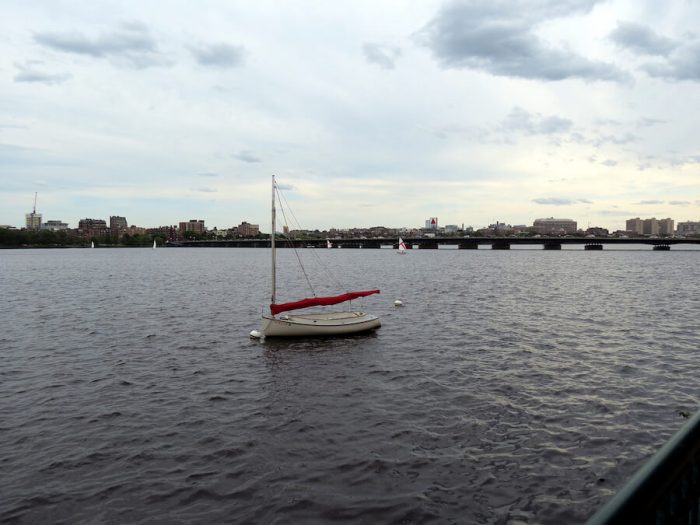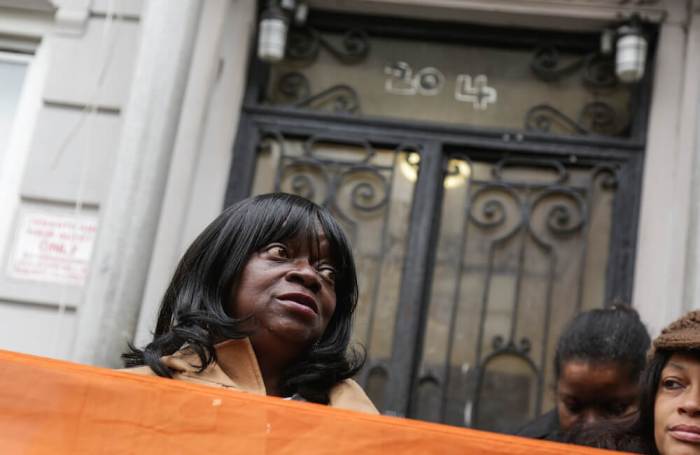A new study is looking to see how much a little light can keep a neighborhood secure — and help residents feel safer.
Mayor Bill de Blasio announced Friday the launch of a new study that will be the first in the country to thoroughly examine the effect different lighting installation strategies have on reducing crime. RELATED:New Yorkers can now check on neighborhood crimes through new website Through the study the city will partner with residents from 40 public housing developments over the next six months and provide 400 units of additional temporary lighting.
After the analysis is complete, the results will be used to determine future investments in permanent lighting throughout New York City.
“We need to use every tool at our disposal to ensure that every New Yorker is safe,” de Blasio said. “By partnering with residents from these 40 developments on this rigorously evaluated study, the city will be able to understand precisely how different lighting strategies can reduce crime and create safer public spaces.” City officials worked with residents to identify certain locations within their developments they felt were in the most need of lighting at night.
The study will determine the effect of lighting on outdoor criminal activity, and evaluate the impact of different amounts of additional lighting. Residents will also be surveyed to see how lighting changes fears of crime or victimization, and how it affects neighborhood unity among residents. “When we think about deterring crime, we need to pursue a broad range of strategies beyond traditional law enforcement,” said Elizabeth Glazer, director of the Mayor’s Office of Criminal Justice. “A well-lit street deters crime better than a dark alley, just as opportunities for work and play promote safety better than disadvantage and disconnection.” The study and temporary lighting towers — which are funded with $5.56 million in city asset forfeiture money — is part of the Mayor’s Action Plan for Neighborhood Safety (MAP).
Through MAP, city officials and police have been working with residents from 15 high-crime public housing developments since July 2014 to address certain conditions that encourage crime. Since Fiscal Year 2014 and Fiscal Year 2015, violent crime in the 15 development have gone down 11.2 percent, according to the mayor’s office. As part of MAP, NYCHA is installing new and improved permanent lighting, as well as CCTV cameras and layered-access controls, at all the 15 developments and is expected to have installation completed by the end of 2019. RELATED:Mayor issues order outlining transgender use of single-sex bathrooms The temporary lighting that will be provided by the study announced on Friday will go beyond the 15 developments and will allow the city to understand how to “best scale up lighting projects,” officials said. “Addressing crime in public housing requires a multi-tiered approach,” said Shola Olatoye, NYCHA chair and CEO. “As NYCHA moves to increase security cameras, install layered-access doors and permanent light towers, and re-imagine our resident security procedures, we must also examine how such measures influence the communal perception of safety.”
NYC to study effect of outdoor lighting on crime reduction
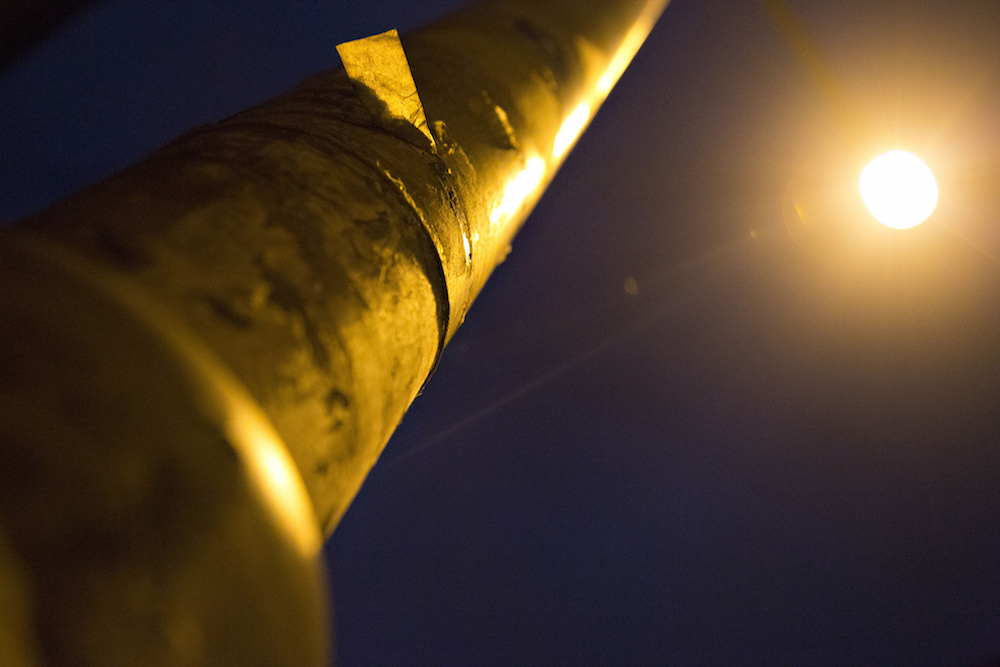
Flickr/WedlockPictures

